| You’ve got a busy day ahead. The baristas at your local coffee joint do, too. They’re running around grinding beans, steeping tea, taking orders, cleaning counters… Neither of you really have time to play charades for every item on their menu. If you want your drink quick—and made the way you like it—you’ll need to master ordering coffee in Chinese. Well, don’t fear! We’ll walk you through the formula for making your perfect coffee or drink order, from sizes to add-ons to ordering to-go and more. 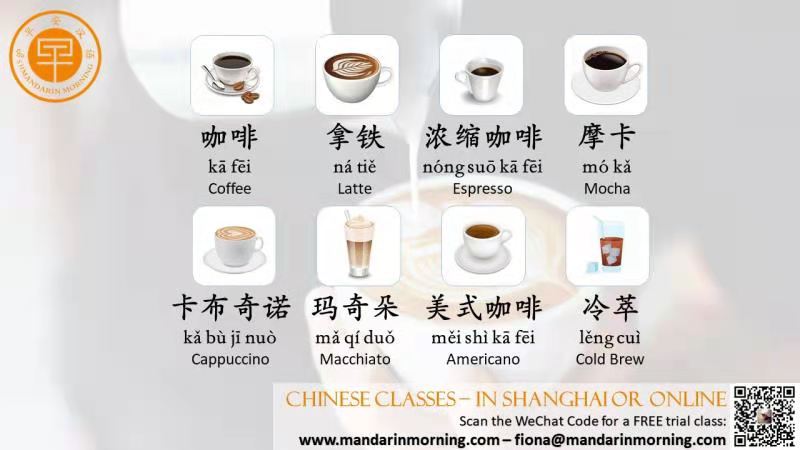 How to Order Coffee in Chinese Like a Local The Basic Ordering Formula Baristas are under an immense amount of pressure to perfect every single order in a timely manner. They probably don’t have time to explain everything on the menu if it’s all in Mandarin. The best thing that you can do is to not freak out when you see that the menu is Chinese. You want to show that you respect your barista’s time and hard work. You can do this by starting with a greeting, rather than going straight into your order. 你好! 我要一杯咖啡。 (nǐ hǎo! wǒ yào yī bēi kā fēi.) — Hello! I would like a cup of coffee. Types of Coffee and Drinks If a regular coffee isn’t where you get your usual caffeine fix, here are the translations of other standard beverages commonly served across coffee chains, cafes and restaurants: 拿铁 (ná tiě) — Latte 浓缩咖啡 (nóng suō kā fēi) — Espresso 卡布奇诺 (kǎ bù jī nuò) — Cappuccino 摩卡 (mó kǎ) — Mocha 美式咖啡 (měi shì kā fēi) — Americano 玛奇朵 (mǎ qí duǒ) — Macchiato 星冰乐 (xīng bīng lè) — Frappuccino 冷萃 (lěng cuì) — Cold brew 茶 (chá) — Tea Depending on the coffee chain, they may offer other types of teas. If you want the iced version of any of the above, just add the word “iced,” which is 冰 (bīng), in front of the drink name. Here are a couple of examples of iced drinks: 冰拿铁 (bīng ná tiě) — Iced latte 冰红茶 (bīng hóng chá) — Iced black tea Choosing a Size As we’ve already established, the simple sentence “I would like a cup of coffee,” or whatever drink you’re ordering, doesn’t specify everything you might want. The next detail you’ll need to provide is the size of your drink. The size should be inserted before your actual drink of choice. Thus, the formula would look like this: Greeting + I would like a + cup size + drink. In sentence form, that would look like this: 你好! 我要一杯大杯咖啡。(nǐ hǎo! wǒ yào yī bēi dà bēi kā fēi.) — Hello! I would like a large coffee. Most coffee places will follow the standardized sizing, which are small (小, pronounced “xiǎo”), medium (中, pronounced “zhōng”) and large (大, pronounced “dà”). This is actually easier than a lot of coffee shops with English menus, where sizes like “regular” can vary between small and medium, depending on the establishment. Of course, Starbucks has its own system for cup sizes, so let’s take a look at what each cup translates to in Chinese. 小杯 (xiǎo bēi) — Short 中杯 (zhōng bēi) — Tall 大杯 (dà bēi) — Grande 超大杯 (chāo dà bēi) — Venti Customizing Your Order Like a bit of sweetness with your coffee? Need an extra shot of espresso to kickstart your morning? Or maybe you need soy milk because you’re lactose intolerant or are a vegan. Flavors, add-ons and customizations are perhaps the most important part of the formula for those that have specific orders in mind, whether it be due to taste or some sort of food allergy. Building onto the formula we currently have, the flavor would be inserted in between the size and the drink name, while the add-on would follow, making the sentence structure more or less like so: Greeting + I would like a + cup size + flavor + drink + with/without + add-on(s). Note: “With/without” in this context would be translated as 要 (yào)/不要 (bù yào). Each coffee shop will have its own flavors of coffee drinks and syrups, but let’s discuss some of the common ones: 香草 (xiāng cǎo) — Vanilla 榛子 (zhēn zi) — Hazelnut 薄荷 (bò hé) — Peppermint 巧克力 (qiǎo kè lì) — Chocolate 焦糖 (jiāo táng) — Caramel 草莓 (cǎo méi) — Strawberry 拉茶 (lā chá) — Chai tea 绿茶 (lǜ chá) — Green tea 抹茶 (mǒ chá) — Matcha As for add-ons and custom orders, here are some phrases that may be of use to you: 鲜奶油 (bù yào xiān nǎi yóu) — Whipped cream 双份浓缩 (shuāng fèn nóngsuō) — Double shot of espresso 牛奶 (niú nǎi) — Milk 低脂牛奶 (dī zhī niú nǎi) — Low fat milk 豆浆 (dòu jiāng) — Soy milk 糖 (táng) — Sugar 奶精 (nǎi jīng) — Creamer 低咖啡因 (dī kāfēi yīn) — Decaf For Here or To Go? Most cashiers will assume that you’re having your coffee at their establishment unless you specify that you’re on the run. To indicate whether it’s for here or to go, here’s how you would form your sentence: Greeting + I would like a + cup size + flavor + drink + with/without + add-on(s) + for here/to go. So after you’ve given your order, you can say either: 在这里用 (zài zhè lǐ yòng) — For here 打包 (dǎ bāo) — To go There are a couple of Chinese translations for “to go” and “takeaway,” and different cities in China will often use one more than the other. The translation above is used commonly in the mainland, but shouldn’t be used in Hong Kong since it means, “to wrap a dead body.” Thanking Your Barista Last but not least, when all is said and done, don’t forget to end with 谢谢 (xiè xiè), which means, “Thank you!” # Our teachers # More than 10 years teaching experience Master Degree Certificate for teaching chinese as a foreign language 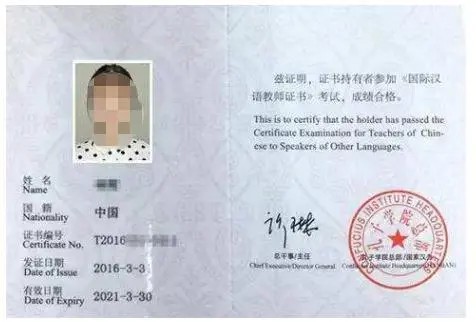 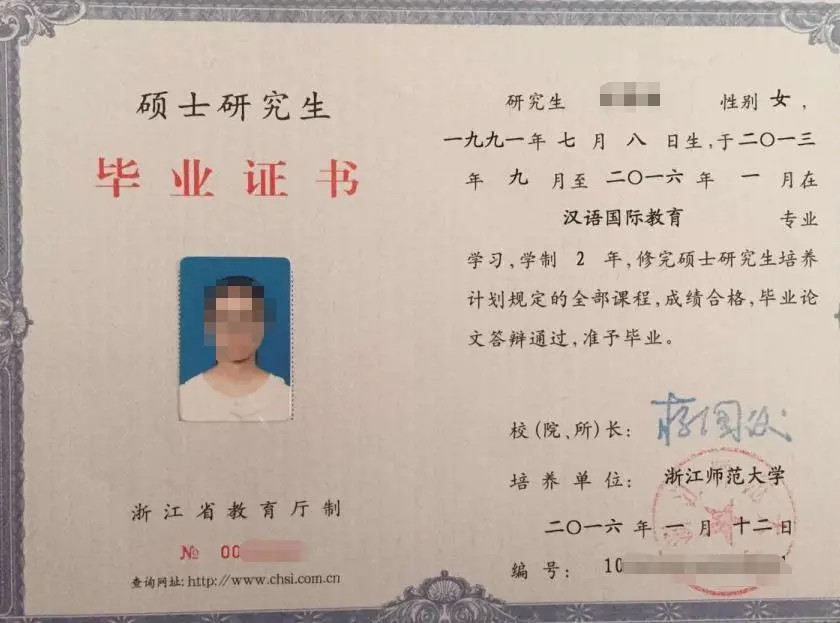 # About us # Founded in 2007 Chinese test and training center 200+ Chinese teachers 5000+ students 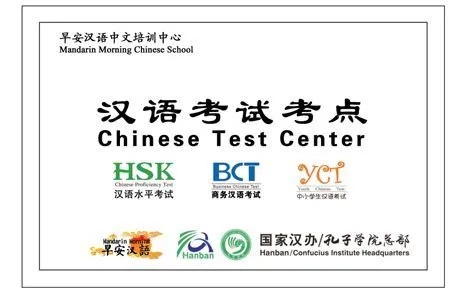 # Contact us# Name:fiona Phone number:021-52287809,13918358891 E-mail:info@mandarinmorning.com www.mandarinmorning.com If you are interested to join Mandarin Morning school or want more details about our services, scan the following QR code. ☟  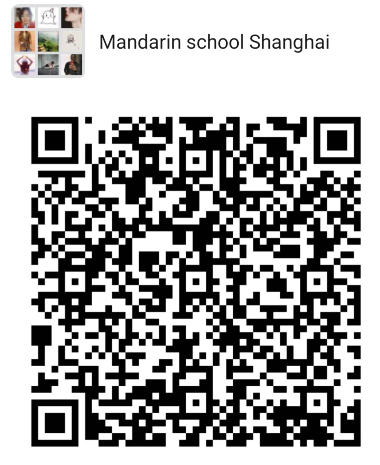 Mandarin Morning Chinese test center attached to Confucius institute headquarters Authorized Test Center and Training Center for International Chinese Language Teacher Certificater 10 years+ ,200 teachers ,more 10000 students,200+companies  |